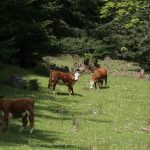Producers were keeping an eye on unusual weather conditions this fall that have affected much of British Columbia less than a year after some of the worst flooding in provincial history. Warmer weather has delayed the return of cattle to some ranches, said Kevin Boon, general manager of the B.C. Cattlemen’s Association. “Out here, we […] Read more
Irrigation
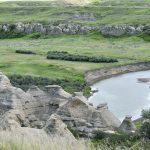
Meetings will discuss Milk River’s future
The future use and water flows of the Milk River, which snakes across the Canada-U.S. border, could be determined by a good turnout of southern Alberta stakeholders at an upcoming meeting. Tim Romanow, Milk River Watershed Council executive director, said the International St. Mary and Milk Rivers study board plans to hold two meetings this […] Read more

China has a rice problem; may not affect other markets
A scorching, severe drought blankets southern China, raising questions about what it will mean for crop production there and the Asian giant’s need for grain imports. We don’t know enough yet to answer that question but here is what I was able to find out about the situation. The drought and heat in the mid-40 […] Read more
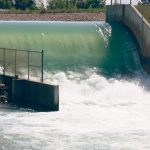
No environmental review for Alta. irrigation project
The federal government is rejecting calls from several Alberta-based naturalist groups that seek an environmental assessment of reservoirs connected to the province’s nearly $1 billion irrigation modernization project. Part of that project would see work on four reservoirs connected to the massive upgrade — Chin and Snake Lake expansions as well as a new Deadhorse […] Read more
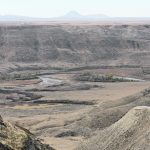
St. Mary’s-Milk River study seeks user input
The agreement managing the river is more than 100 years old, and the review will determine if it needs to be updated
The water treaty governing the St. Mary’s and Milk rivers is the oldest along the longest undefended border in the world but the more than century-old agreement between the United States and Canada is beginning to show its age. The 1909 Boundary Water Treaty was created to manage water use along the two rivers with […] Read more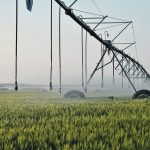
Bacterial leaf streak spreads rapidly in southern Alberta
Farmers growing cereal crops under irrigation are warned to watch for the bacterial disease, which can spread quickly
Producers who irrigate cereal crops in southern Alberta should be aware of bacterial leaf streak, which is spreading rapidly, according to an Alberta Agriculture crop specialist. Leaf streak differs from wheat streak mosaic in that it can spread far more rapidly because it is caused by a bacterial pathogen. Wheat streak mosaic is spread through […] Read more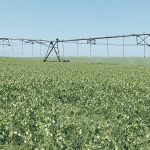
Infrastructure bank eyes irrigation investment
Federal agency says it is waiting for the province to complete its technical and financial work and then make a request
The Canada Infrastructure Bank is ready to discuss investing in Saskatchewan’s $4-billion irrigation project if the provincial government asks. The bank has already spent almost half-a-billion dollars in Alberta’s irrigation sector. It’s also working on a project to alleviate congestion at the port of Vancouver. Director Pat Youzwa, a former president of SaskPower, said investing […] Read more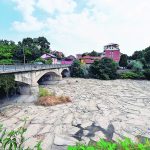
Drought threatens northern Italy’s crops
ROME, (Reuters) — Northern Italian regions risk losing up to half their agricultural output due to a drought, a farm lobby said June 17, as lakes and rivers across much of Italy start to run dangerously low, jeopardizing irrigation. The federation of Italian utility companies, Utilitalia, warned last week that the country’s longest river, the […] Read more
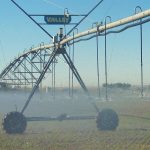
Alberta irrigators turn on taps early
Irrigated crops in Alberta are doing better than their dryland counterparts but challenges exist. Sugar beets, potatoes and corn crops have been fully seeded across the southern portion of the province for several weeks and they need hotter weather to spur growth. Cory VandenElzen, Alberta Sugar Beet Growers vice-president, said about 500 sugar beet acres […] Read more

Computers know their invasive mussels
Artificial intelligence, like that used in autonomous farm equipment, could be taught to recognize and report quagga and zebra mussels
New research on detection of quagga and zebra mussels is testing artificial intelligence capabilities to detect the invasive species before they become endemic. Graham Taylor, interim research director at Vector Institute, said the technology has been tested on Ontario lakes and has proven to be as accurate as human expert estimates of mussel populations in […] Read more
